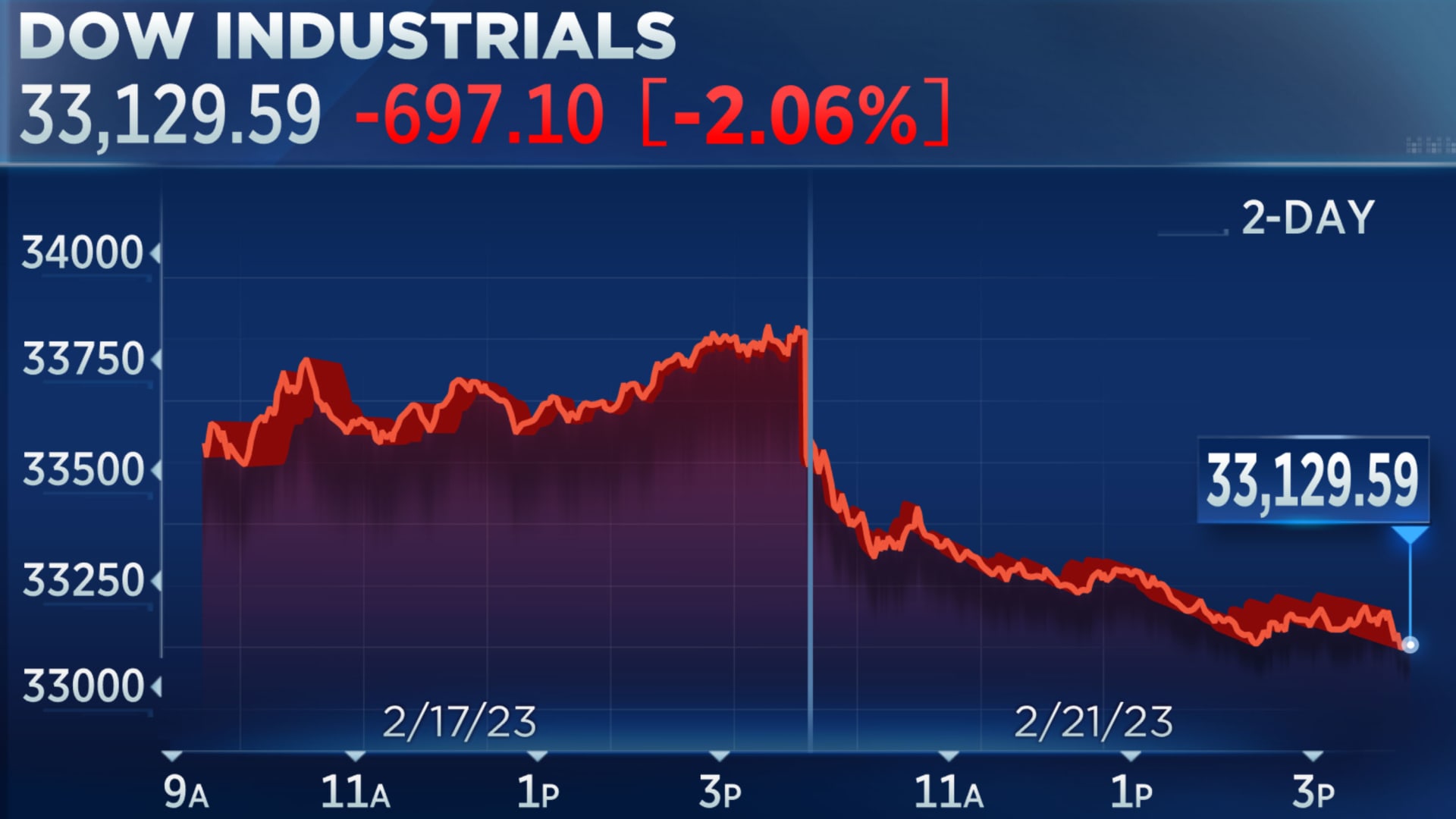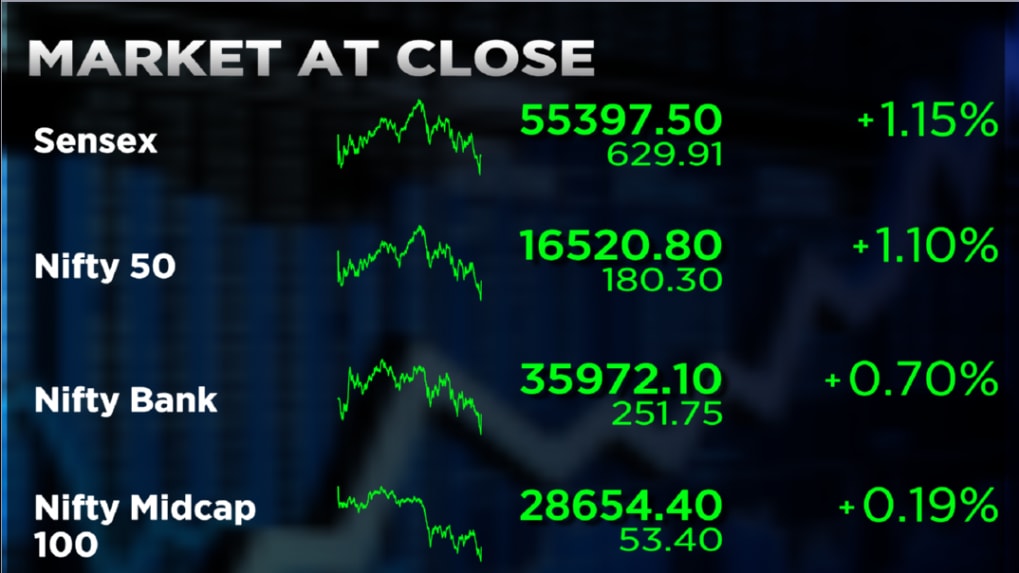International activities are moving markets quicker than ever, and the info tells the story. Investors are checking geopolitics, inflation, power prices, and central bank conclusions to comprehend why indices swing within hours how to invest in the stock market.This snapshot breaks down the most significant people correct now and how they're filter through equities, areas, and sentiment.

Economic signs remain the first flashpoint. When inflation styles can be found in above objectives, markets frequently react within minutes. A 0.2–0.3% surprise to the upside in monthly inflation has historically pressed produces larger and weighed on development stocks, while price and dividend payers see relative support. Alternatively, softer inflation and chilling wage growth often raise chance hunger, with technology and consumer discretionary major gains. Follow-through is dependent upon how key banks answer at the next meeting—guidance that signs an extended hold on prices generally tempers rallies.
Power markets are the 2nd key stress valve. A 5– 10% weekly spike in primitive oil rates has correlated with decreases in transportation and airline shares, while power suppliers and companies names frequently see short-term outperformance. Higher gas and logistics prices can pack prices across merchants and manufacturers, prompting analysts to trim earnings estimates. If power strength persists beyond a fraction, inflation expectations can re-accelerate, reviving rate-hike bets and introducing another layer of volatility.
Geopolitical developments continue to present heading risk. Escalations that disturb trade tracks or important commodities, actually for a few days, have triggered rotations in to perceived havens like tools and short-duration bonds. Equity futures an average of gap on the first heading, then recalibrate as details emerge. Areas tend to cost prolonged tensions with bigger credit advances, weaker small-cap efficiency, and a tip toward businesses with solid stability sheets and international present cycle redundancy.
Currency actions improve these effects. A stronger domestic currency can stress multinational revenue when foreign sales are translated back, while importers take advantage of decrease input costs. Rapid 1–2% daily shifts in key currency sets have coincided with improved equity volatility; companies with natural hedges and pricing energy tend to hold up better.
Earnings season converts these macro shocks into numbers. Search for improvements in guidance language: describes of logistics expenses, charge tenderness, and FX headwinds have improved in new quarters. Overcome charges usually remain solid, but a higher share of organizations information cautiously when uncertainty increases, which can weigh on multiples even when benefits exceed expectations.

For investors, three realistic steps support handle this environment: construct circumstances tied to key indicators (inflation styles, policy meetings, power moves), diversify across facets as opposed to only industries, and track high-frequency data—shipping prices, gas advances, and jobless claims—to validate industry narratives. Remaining data-driven, variable, and disciplined can change worldwide volatility from a chance in to an edge.
